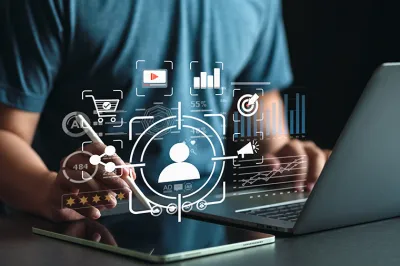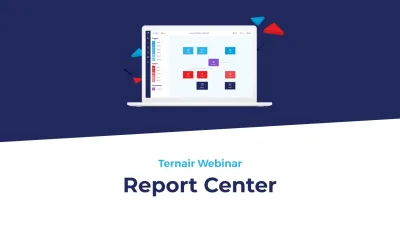The elimination of third-party data due to legislation and privacy concerns will result in a new role for the marketer. They will no longer be able to blindly rely on the handy marketing tools of a Google and Facebook, but will have to build lead generation through their own channels. The good news: if you do this smartly, you will apply lead generation in every step of the customer lifetime cycle.
With the ePrivacy Regulation, the marketer will lose the ability to identify potential customers in paid media. Paid media will still have an effect, but because the connectivity to other data sources is cut, soon you won't know what effect. You go from known to unknown, which will ultimately lead many advertisers to focus on owned media.
The reason is simple: marketing will remain results- and ROI-driven. Lead generation through owned channels will be cheaper and better compared to those channels where the customer view is increasingly diminishing. Especially in B2B where the sales cycle can last several months or even years, the quality of your marketing communications - and thus the personalization - will determine your success.
Content as lead magnet
Potential customers will only make themselves known to you with an email address and contact information when they get something valuable in return: premium content. Well-written, visually powerful, relevant and helpful. Like downloading a white paper. Or do you like to stay informed about trends and developments in construction? Then Cobouw offers you three free articles every month with a free profile. With the move from paid to owned media, everyone will start monetizing their content in one way or another.
That barter deal - identification for premium content - is the beginning of lead generation. You can then start building an interest profile so you start offering the right content while also starting lead nurturing with a scorecard. Now lead nurturing has many different models, from AIDA, Google's see-think-do-care model and, since 2018, Hubspot's marketing flywheel. At its core remains the idea that you get people through a journey that results in a purchase. Here, many marketers look primarily at the happy flow: a large group of potential customers becomes a smaller group of leads and another smaller group of customers. Typically, about 95% fall off at each stage. Why, really?





